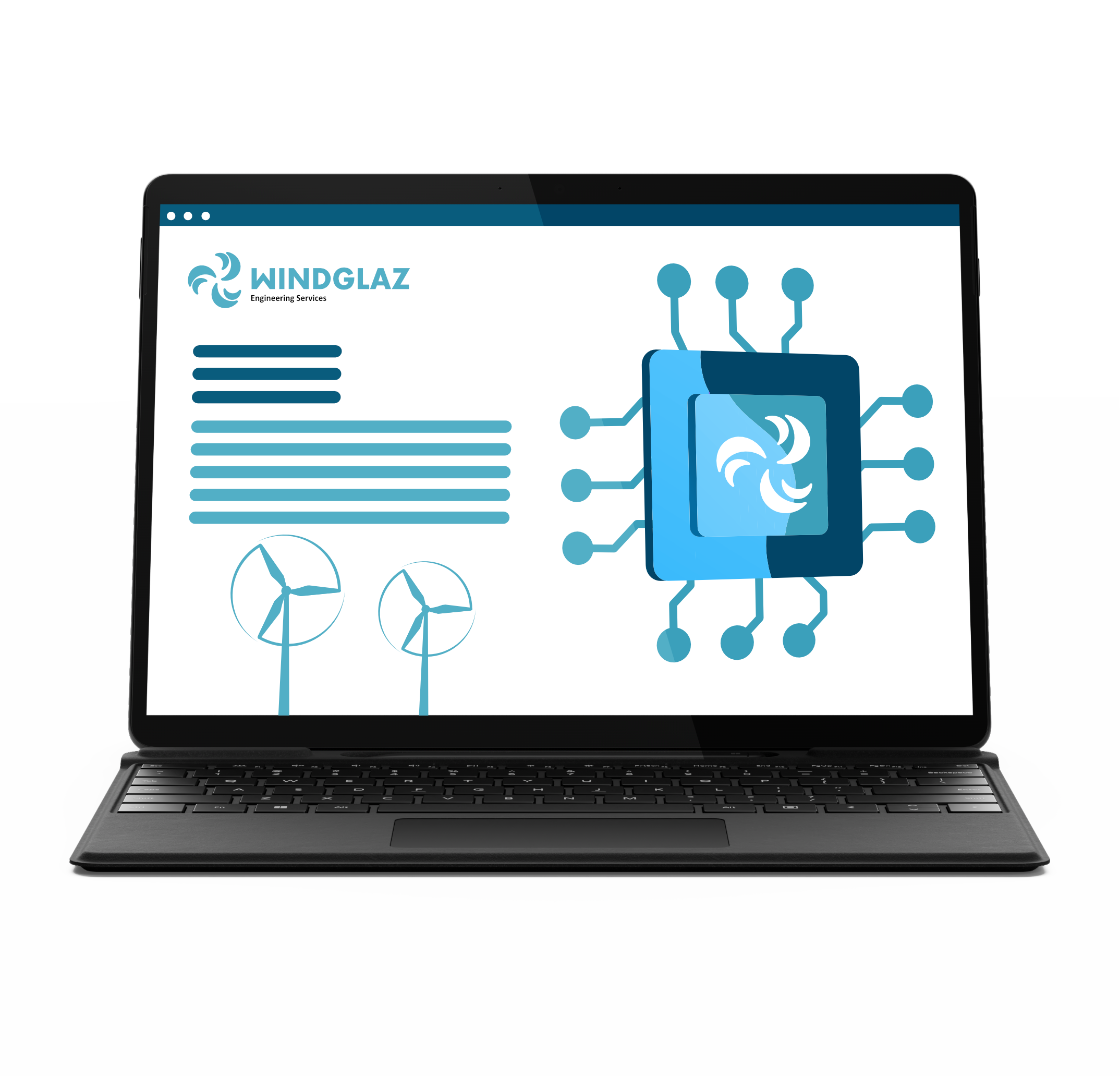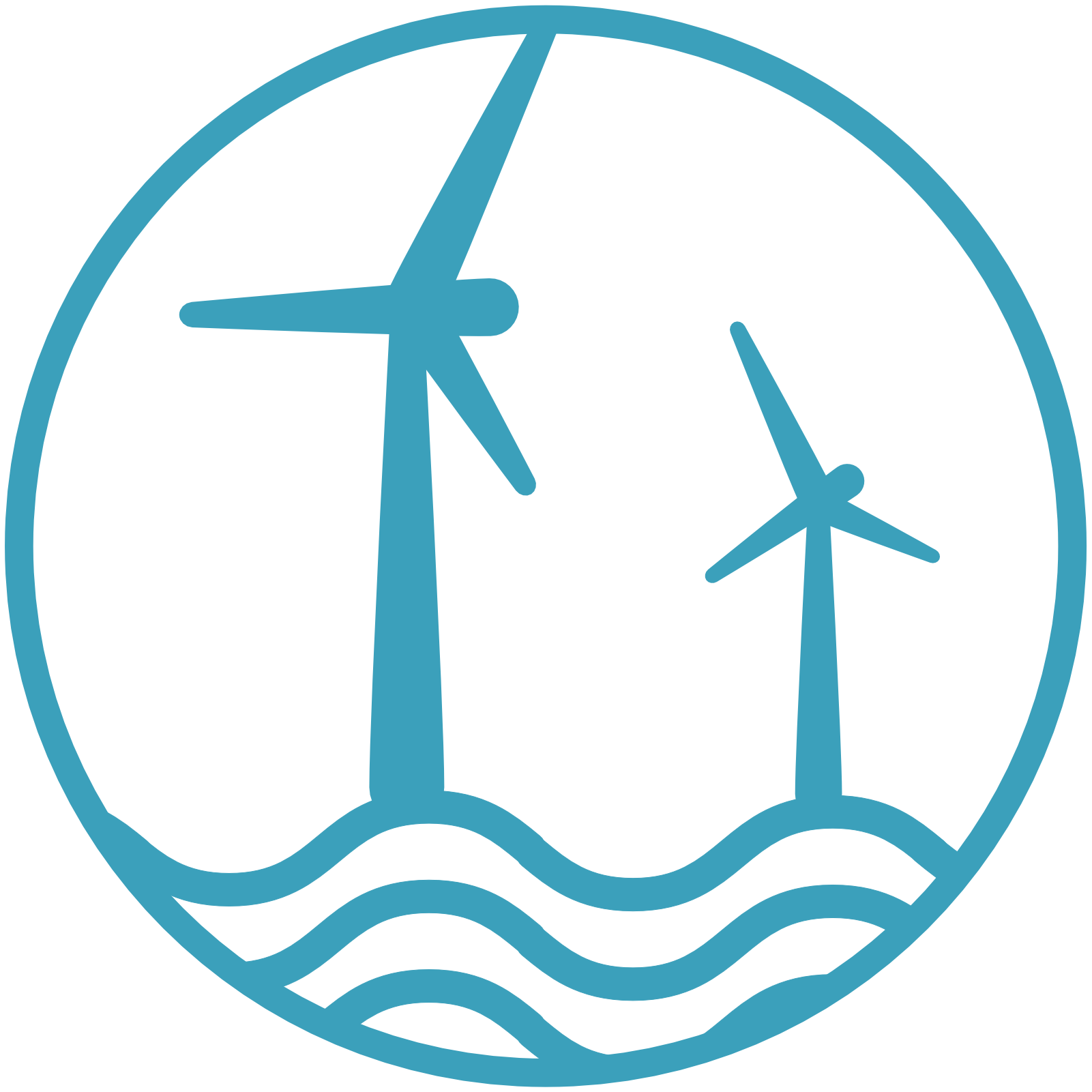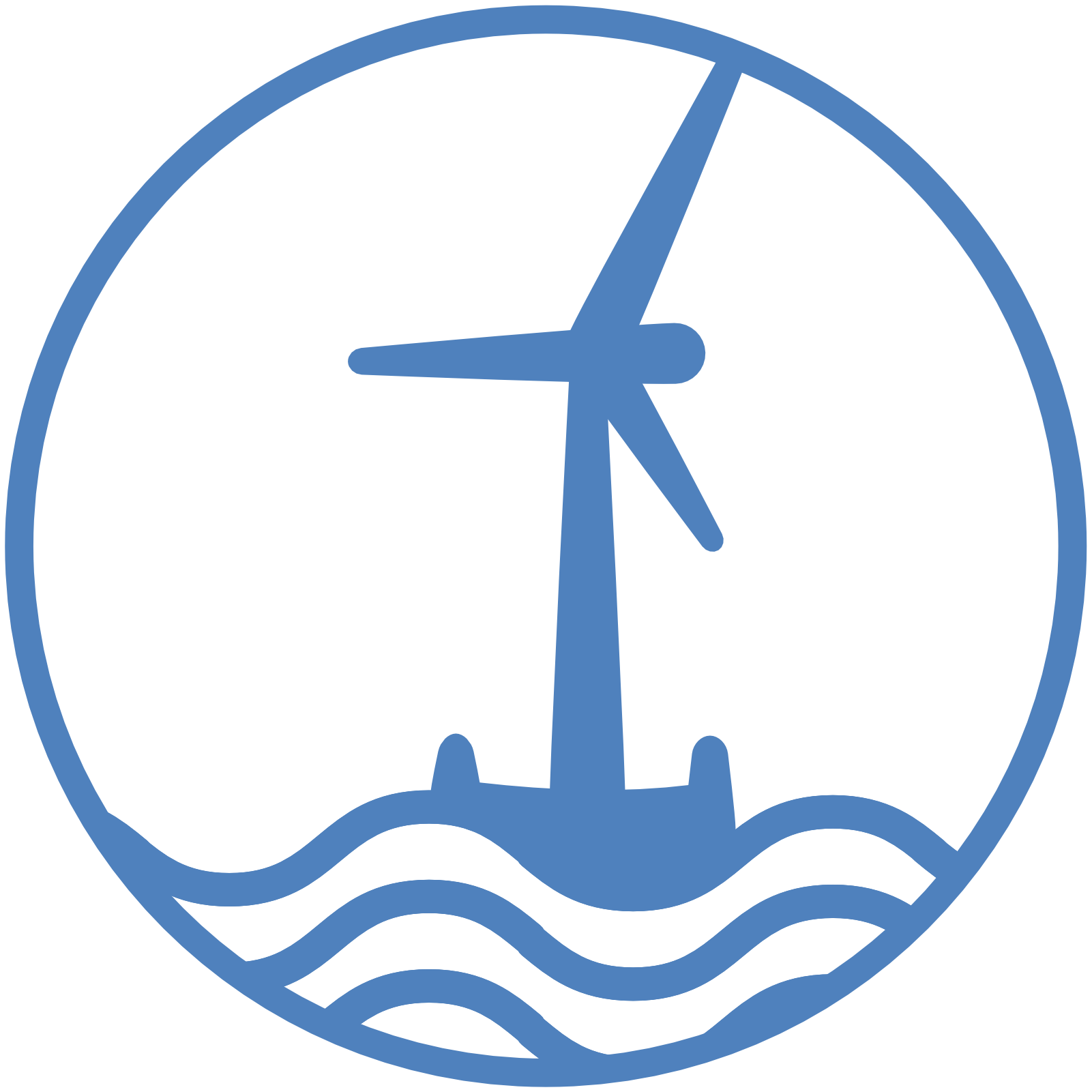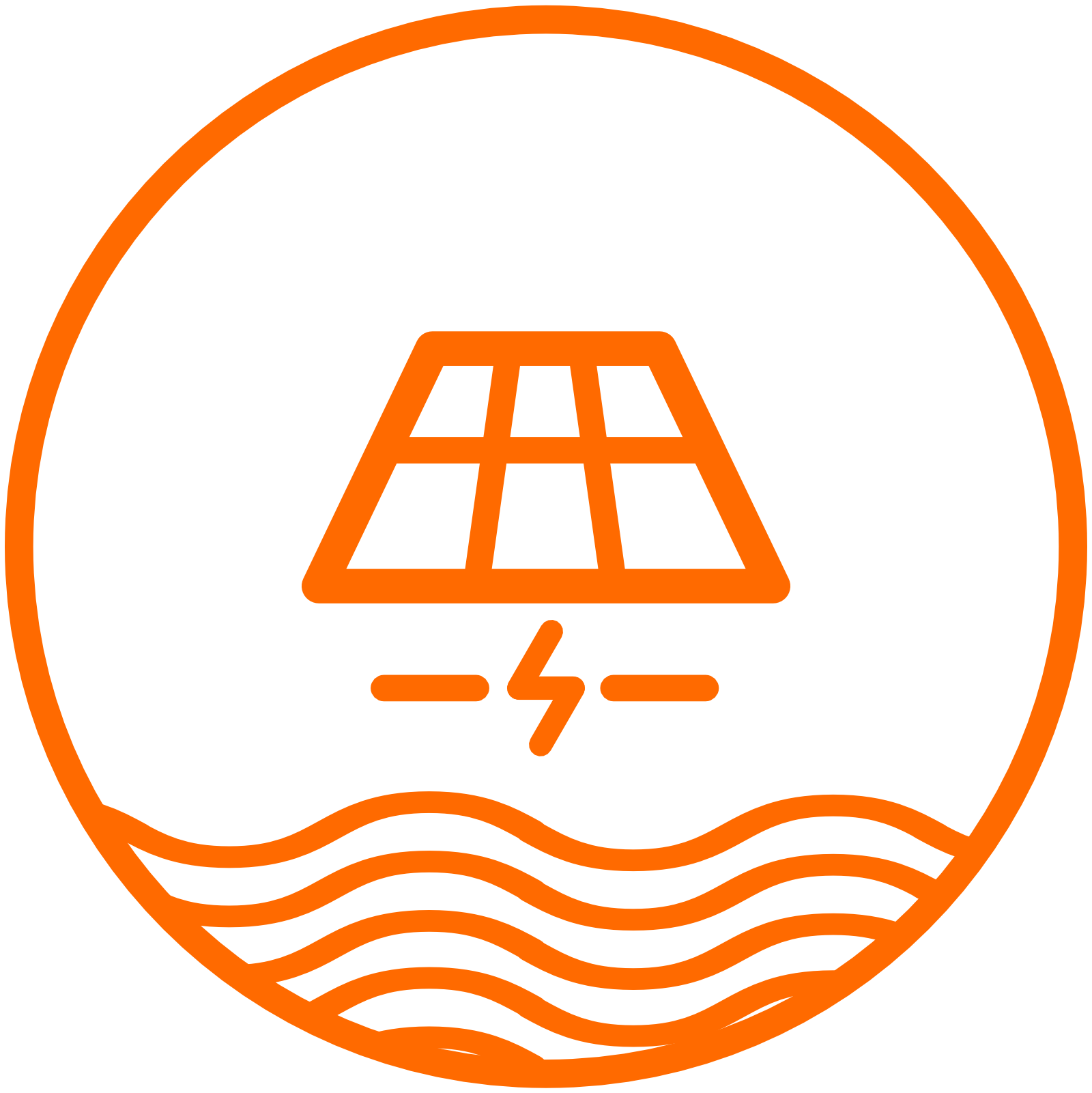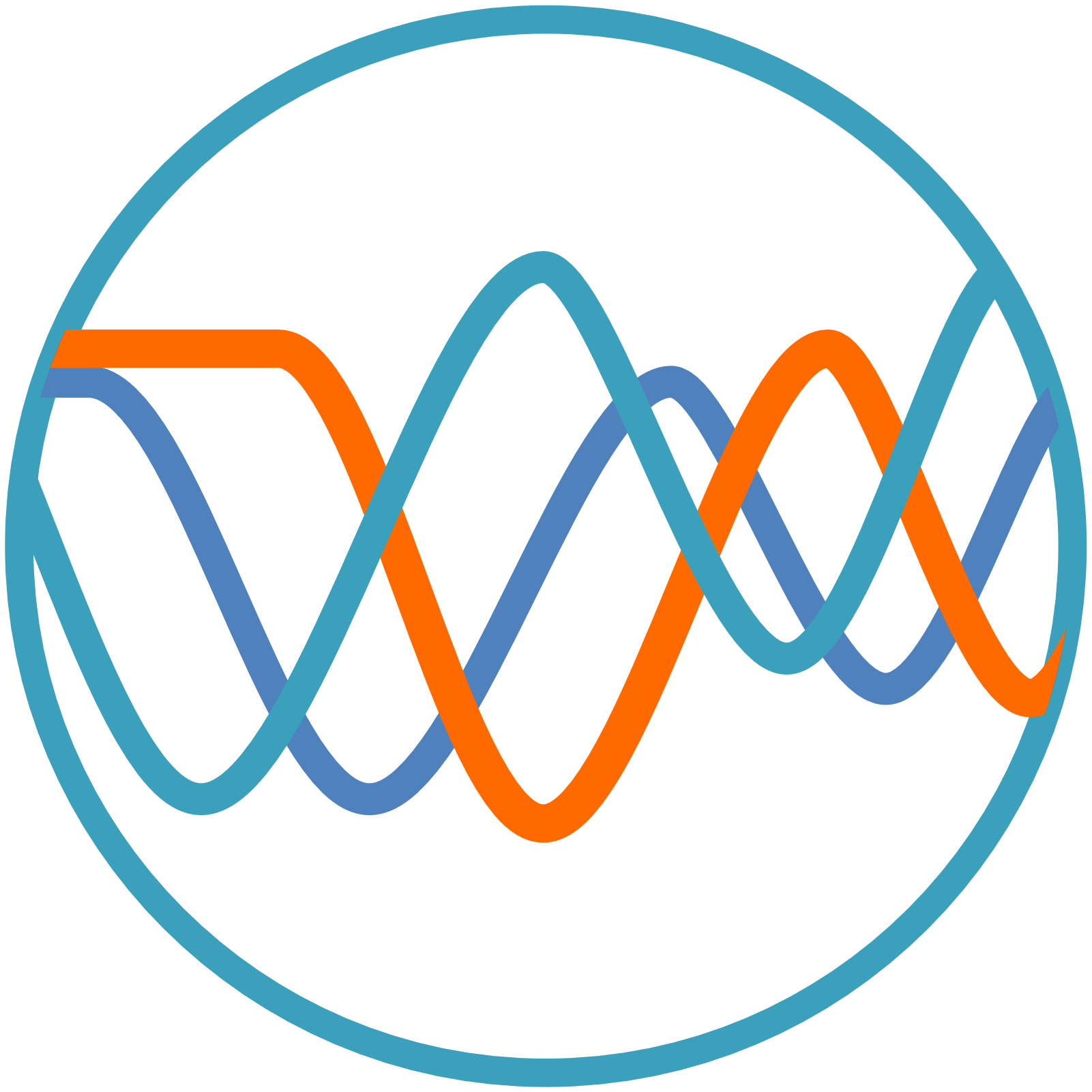floating
wind
The future of offshore wind projects, floating wind is a technical and numerical challenge. Coupling effects between a wind turbine and its foundation are important with many interfaces, leading to a complex model setup, calibration and validation process.
Specialists for over 16 years in the modelling, analysis and optimization of floating wind systems, we can assist you throughout the different phases of your project and help you deal with interface management.
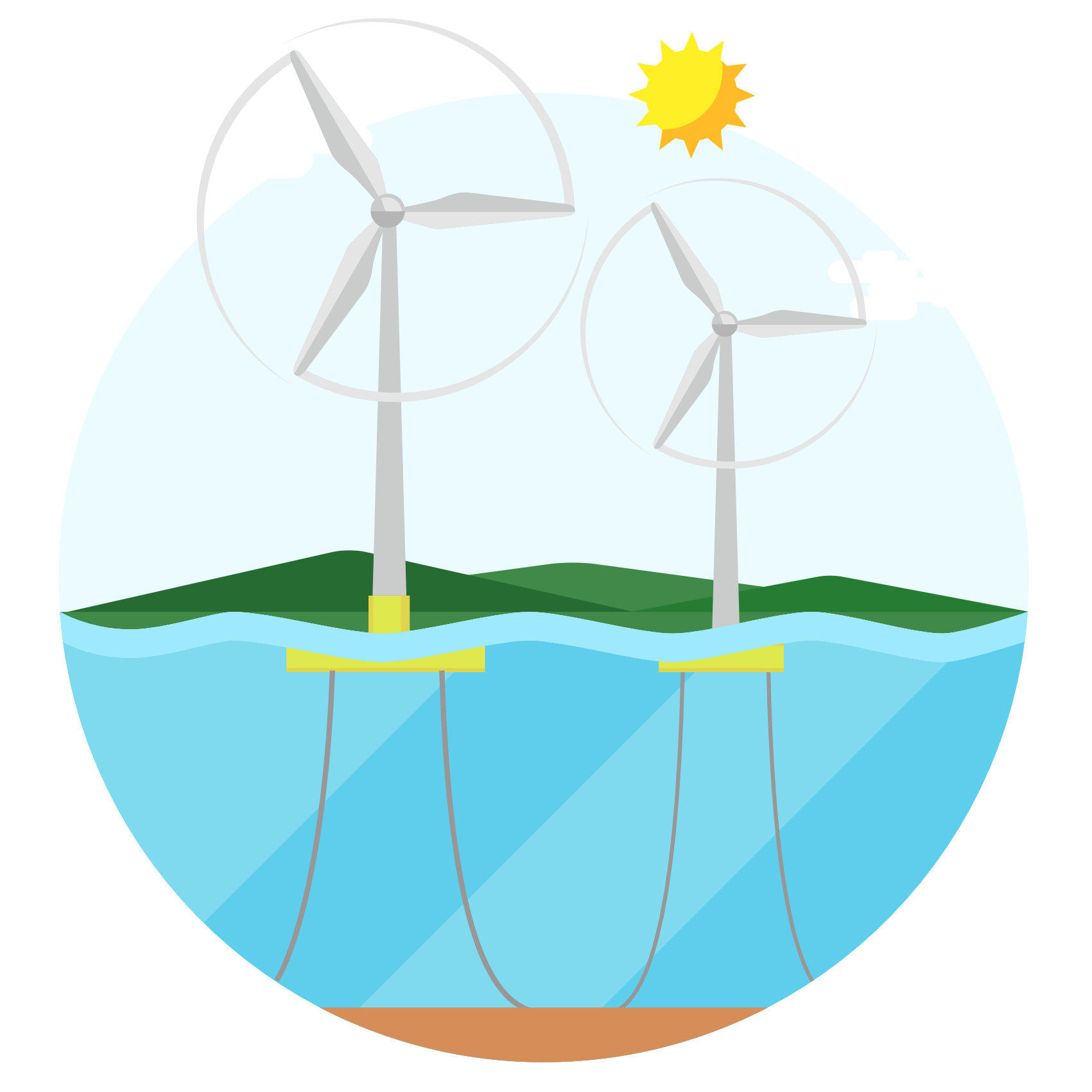
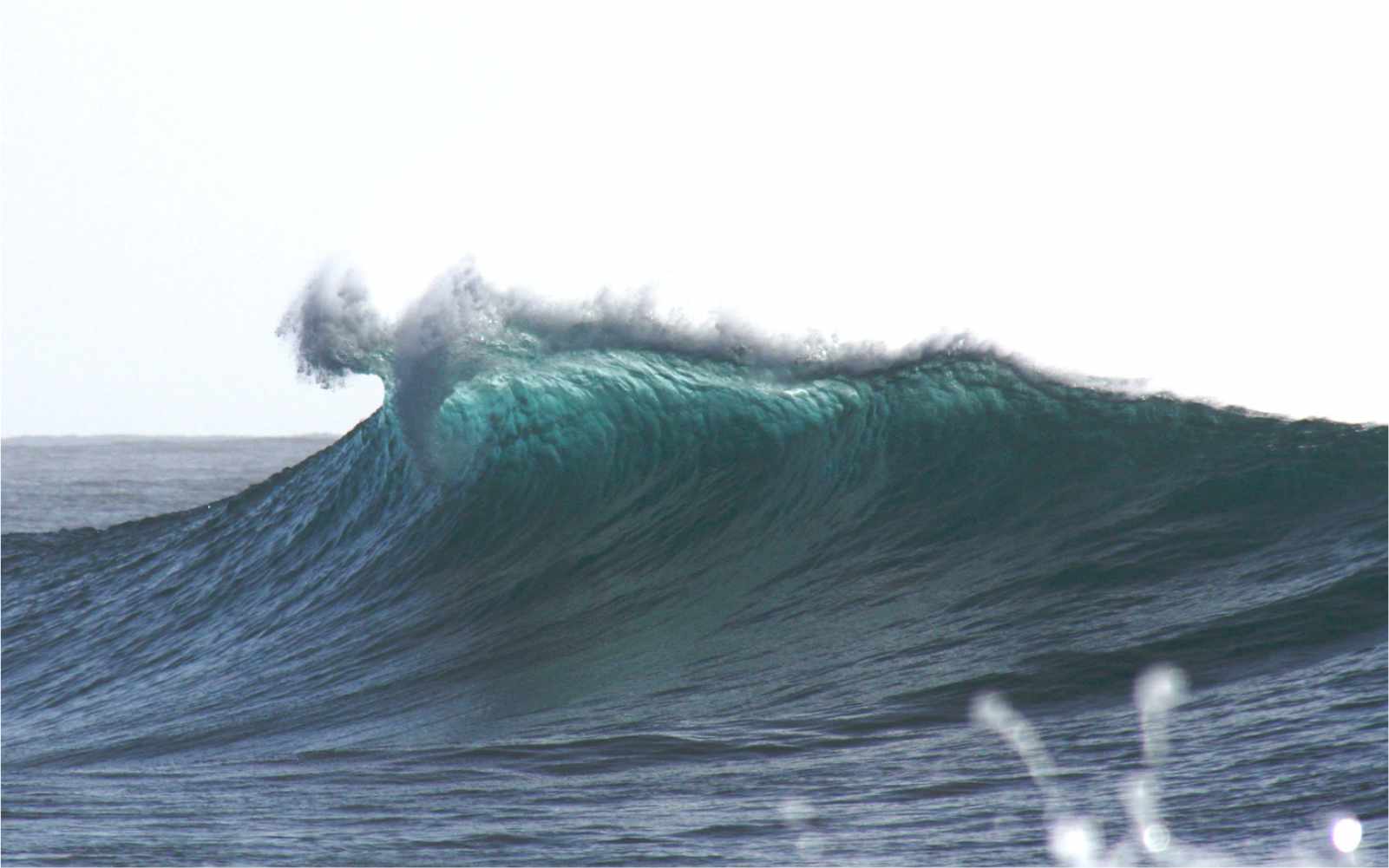
Environmental conditions
Collection, interpretation and justification of environmental conditions for a specific site are the starting points for any offshore wind project. We have been responsible of the specification and assessment of this data for many offshore wind projects. WINDGLAZ assists you in the analysis and definition of environmental conditions, relating to certification requirements.
Type of studies
- Metocean conditions processing
- Loading situation definition
- Environmental condition representativity assessment
- Turbulent and deterministic wind modelling
- Cyclonic and deterministic wind modelling
- Breaking waves loading calculation
- Justification and documentation with certification body
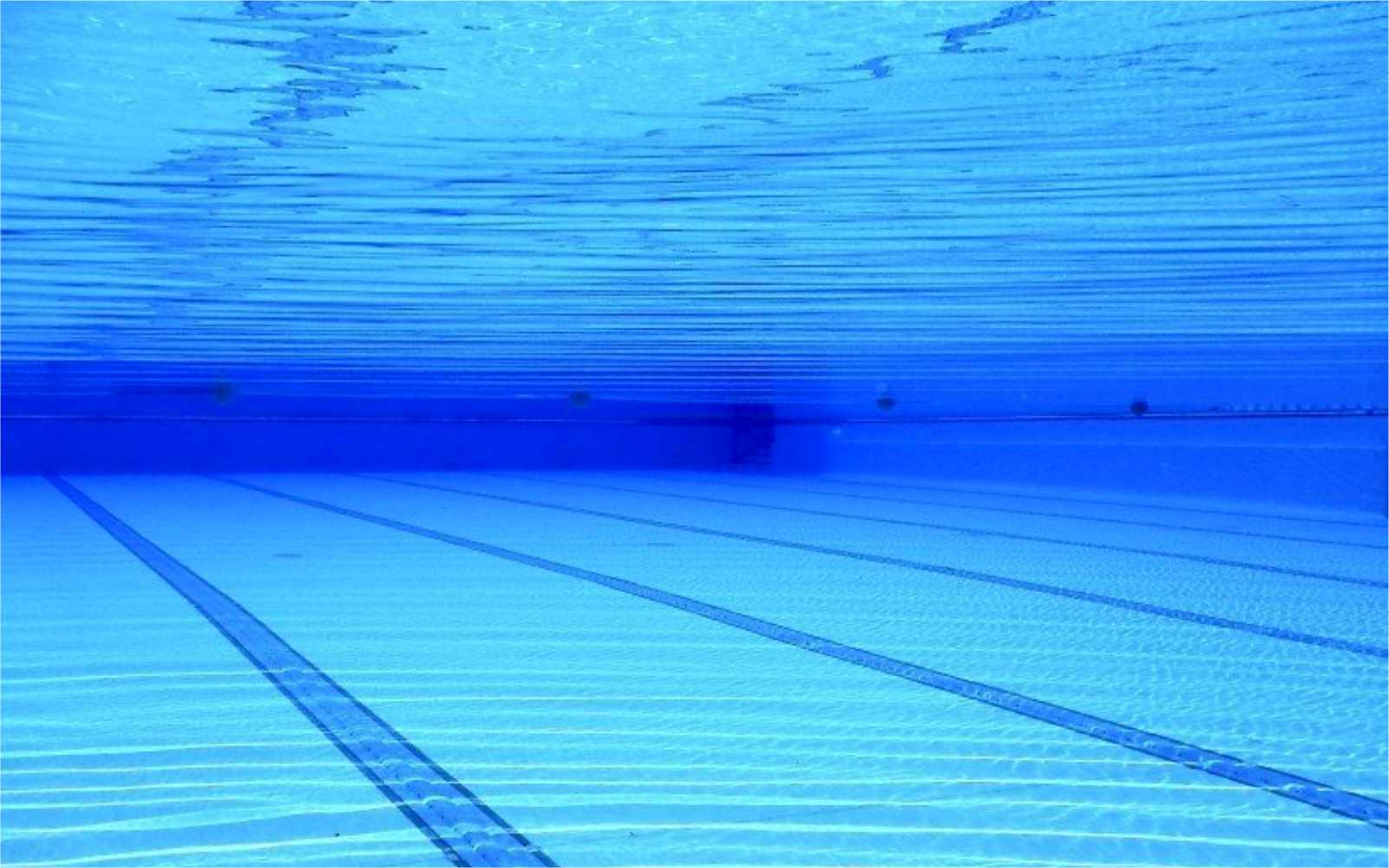
Numerical models calibration and validation
Numerical models for offshore wind turbine analysis cover several of our core research areas: aerodynamics, hydrodynamics, structure behavior and soil interaction. With its multidisciplinary team, WINDGLAZ assists you in the setup, calibration and validation of these models.
Type of studies
-
- Equivalent turbine model setup
- Hydrodynamic model setup and calibration
- Structural model setup and calibration
- Modal analysis
- Hydrodynamic data base calculation (diffraction/radiation)
- Hydrodynamic and soil damping calculation
- Tank test specifications and follow-up
- Justification and documentation with certification body
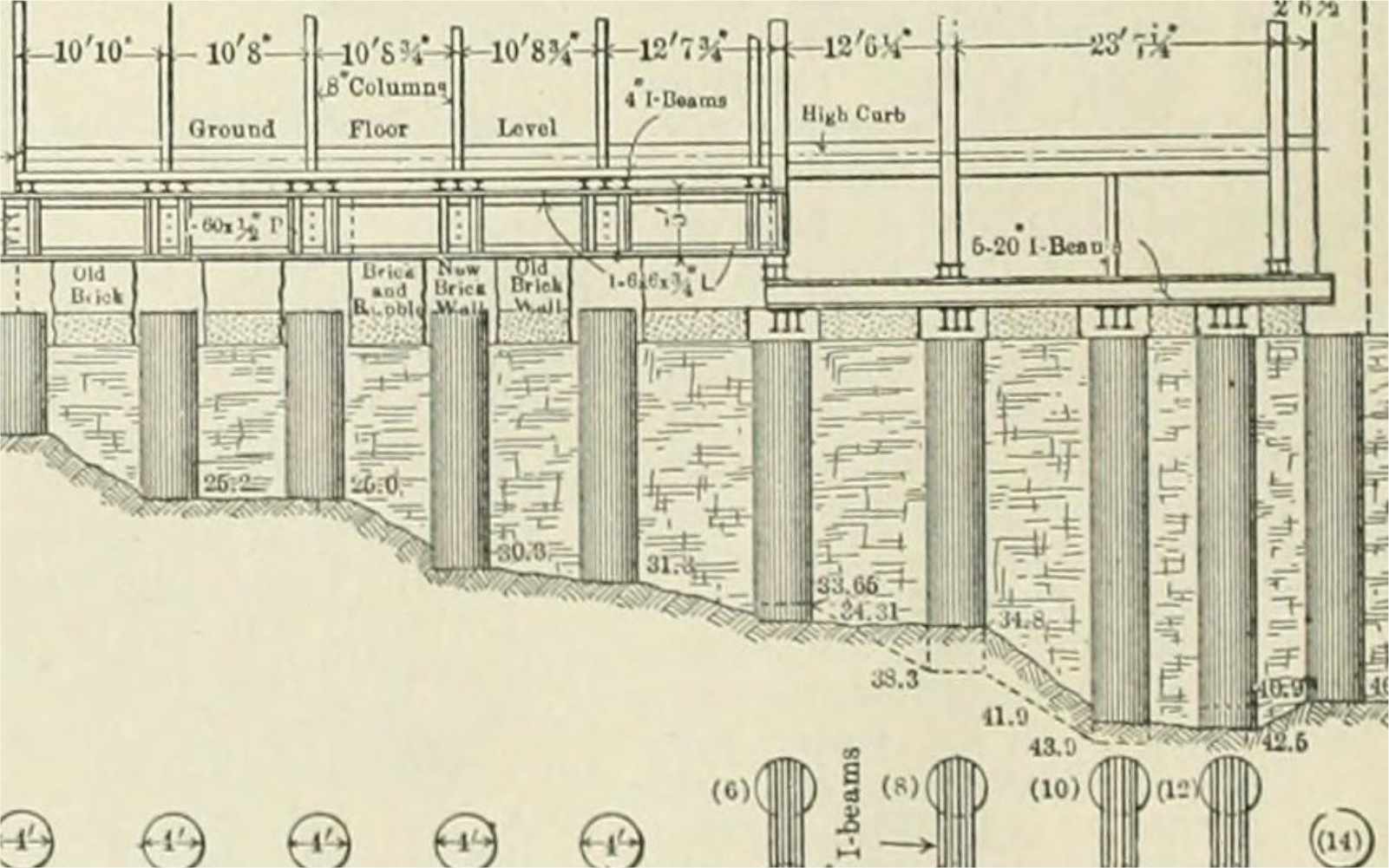
Calculation loop, sensitivity and optimization
Analysing an offshore wind system requires a large number of simulations due to the significant impact of fatigue loadings and extreme events.
With a strong experience and performant computation capabilities, WINDGLAZ assists you in the system loads calculation and assessment.
Type of studies
- Coupled calculation methodology definition and documentation
- Aerodynamic loadings calculation and analysis
- Hydrodynamic loadings calculation and analysis
- Coupled loadings calculation (turbine – foundation – mooring)
- Floater offset calculation in the windfarm
- Clustering study
- Specific sensitivity study
- Optimization loop
- Fatigue and Extreme loads postprocessing following standards and norms
- Load reports
 our tools
our tools
We use industry standard software and have developed in-house analysing and processing tools.
